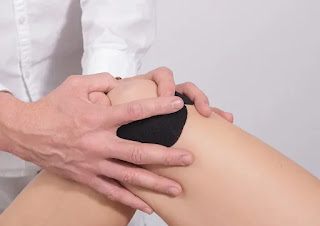The knee and hip joints are subjected to a huge amount of stress and wear and tear even during normal usage. The joints are strong and when everything is normal, there shouldn’t be a problem with them, except age related stiffness etc. However, these joints can be damaged by disease or trauma/injury and if that happens, in extreme cases, the patient’s mobility may be seriously affected, often to the point where he or she is unable to use the affected leg.
The Causes of Hip and Knee Problems
Minor injuries to the joints are common, especially among those who play sports. Impacts on the joints or over stressing them can cause pain and inflammation. In most cases, medication, the application of ice and physiotherapy will provide a cure. This also applies to injuries that occur in everyday life. However, if the injury is of a much more serious nature and results in damage to the joint or if damage occurs due to a degenerative disease such as osteoarthritis, then the only long-term cure may be joint replacement. Sports persons as well as the elderly often think that joint pain is the price they have to pay for their lifestyle or for their age. This is not correct. Any severe joint pain must be examined to determine the cause. If you are suffering from chronic joint pain, an orthopedic surgeon should be consulted without delay. After a detailed examination of the condition, a diagnosis and treatment plan will be made.
The Joint Replacement Procedure
The surgery usually takes a few hours and is done under general anesthesia. During the procedure, the damaged bone and cartilage are removed from the joint and are replaced with an artificial joint made from ceramic, metal or plastic. The surgeon will tell you about the pros and cons of the different artificial joint materials. The exact procedure will vary depending on the joint to be replaced. There are two ways of performing the surgery – the traditional one, where an incision a few inches long is made in order to remove and replace the joint; the second procedure is called the minimally invasive technique where the incision is smaller in size. The minimally invasive technique is preferred by many surgeons to reduce blood loss during surgery, reduce post-operative pain, shorten hospital stay and minimize scarring. The decision on the type of procedure to be used will depend on patient related specifics. The new joint, or prosthesis, is designed to replicate the shape and movement of the natural joint. Once the surgery is done, patients can expect to regain full joint movement and live a life that is free of pain. The surgery is a complex one, but if it is done by a specialist orthopedic surgeon at a hospital where orthopedic surgery is a Centre of Excellence, the process will be smooth and safe.

Comments
Post a Comment